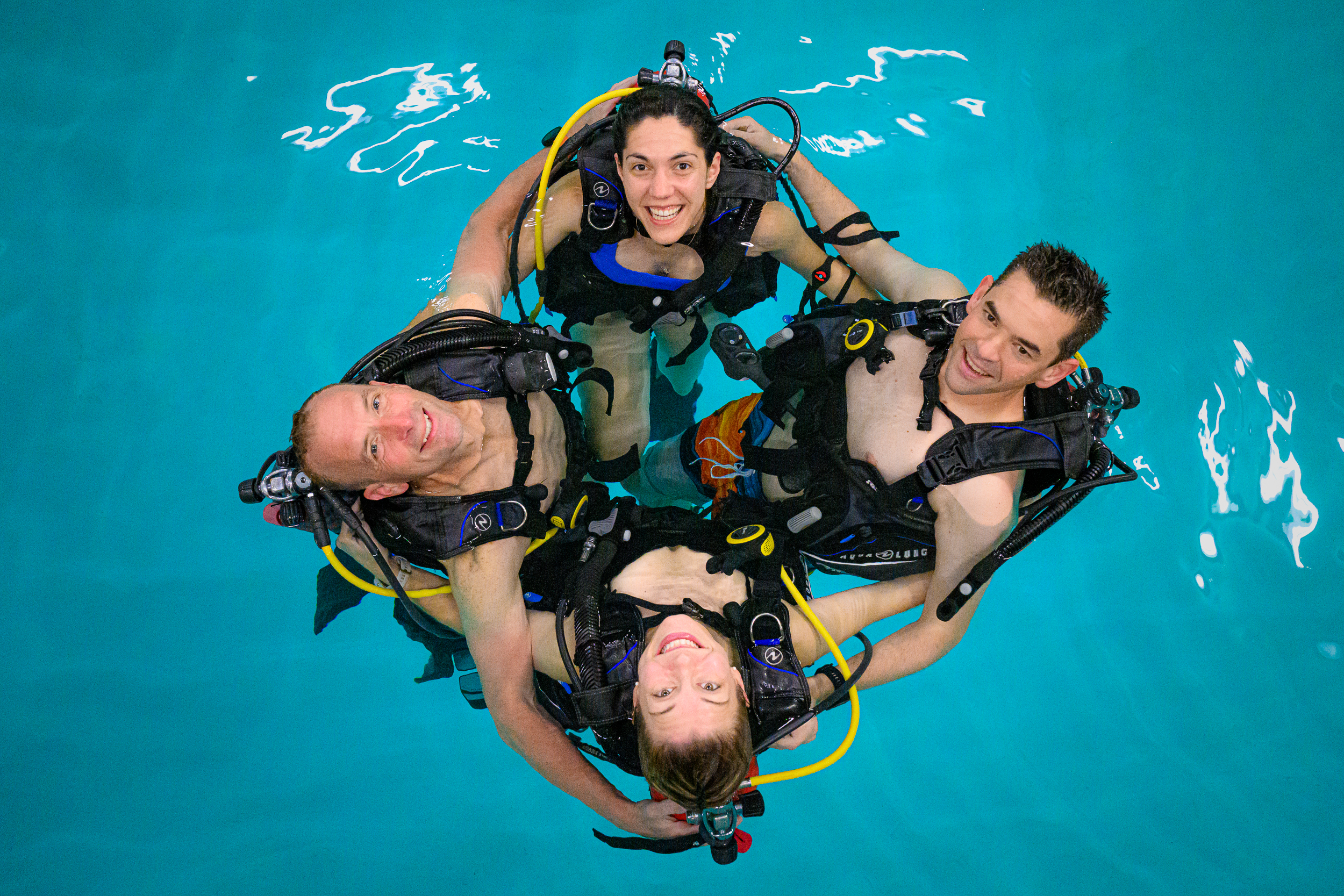
Polaris Dawn Mission Updates
Over the past three months, SpaceX and Polaris teams have been hard at work in preparation for Polaris Dawn’s targeted launch, scheduled for no earlier than the fourth quarter of 2022. Development is underway on multiple fronts as teams continue to identify scientific research and experiments; design, build, and test the spacesuit required for the first commercial spacewalk; develop technological firsts for Starlink; fundraise with Polaris Program partners to raise awareness of the mission’s purpose with St. Jude; and more.
Below is a quick overview of some recent mission updates:
Highest Altitude
Targeting an apogee of ~1,400 kilometers, this Dragon mission will take advantage of Falcon 9 and Dragon’s maximum performance, endeavoring to fly higher than any Dragon mission to date and farther than humans have traveled since the end of the Apollo program in 1972. Falcon 9 will launch Dragon and the crew from Launch Complex 39A at NASA’s Kennedy Space Center in Florida to an elliptical orbit with an apogee of ~1,200 kilometers and perigee of 190 kilometers (1,200 x 190 km). After verification of a healthy vehicle, Dragon’s Draco engines will fire to raise the spacecraft’s apogee to an altitude of ~1,400 kilometers, where Dragon will remain for several orbits before lowering to a coasting elliptical orbit of ~700 x 190 km for the remainder of the mission.
Crew Training
The Polaris Dawn crew began training in May in California, kicking off the start of their mission with two days of basic medical and scuba training to learn skills that will help the crew communicate during the first commercial space walk. Non-verbal communication and buddy support skills used in scuba are comparable to communication skills used during extravehicular activities (EVAs). The crew spent the first day in a pool refreshing themselves on basic diving skills before completing off-shore dives at Catalina, where they started to get comfortable with uncomfortable situations while also adapting to physiological responses due to changes in pressure.
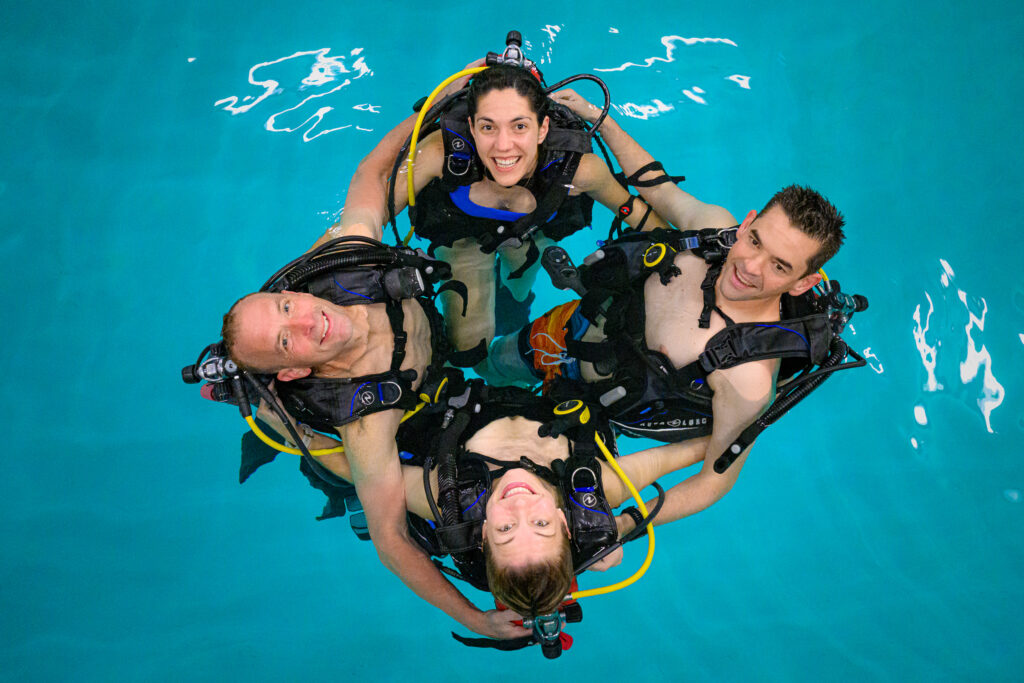
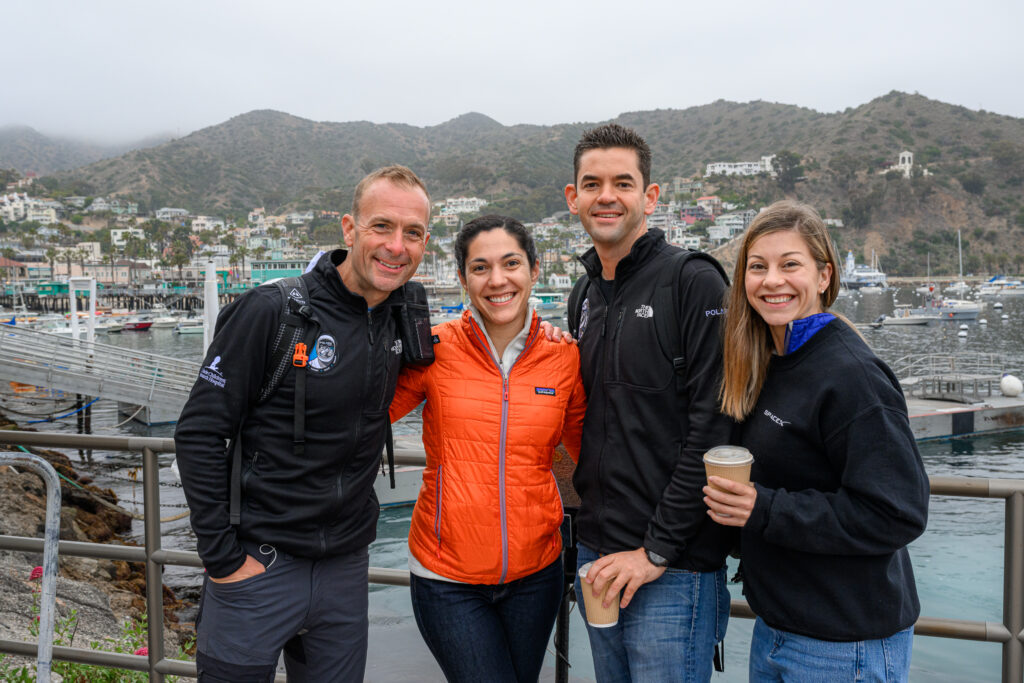
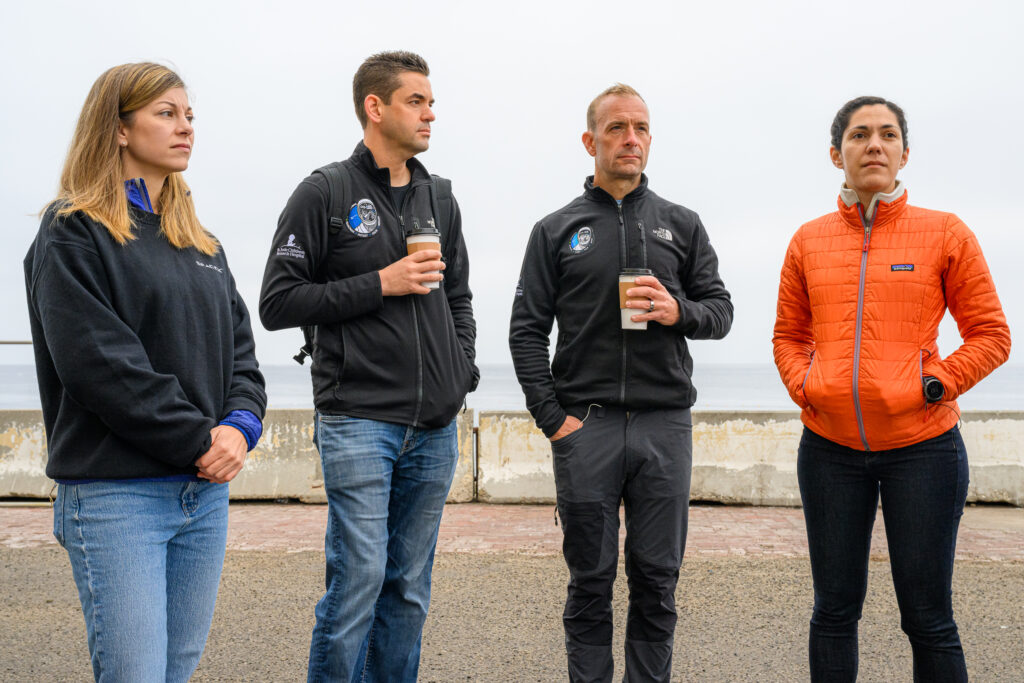
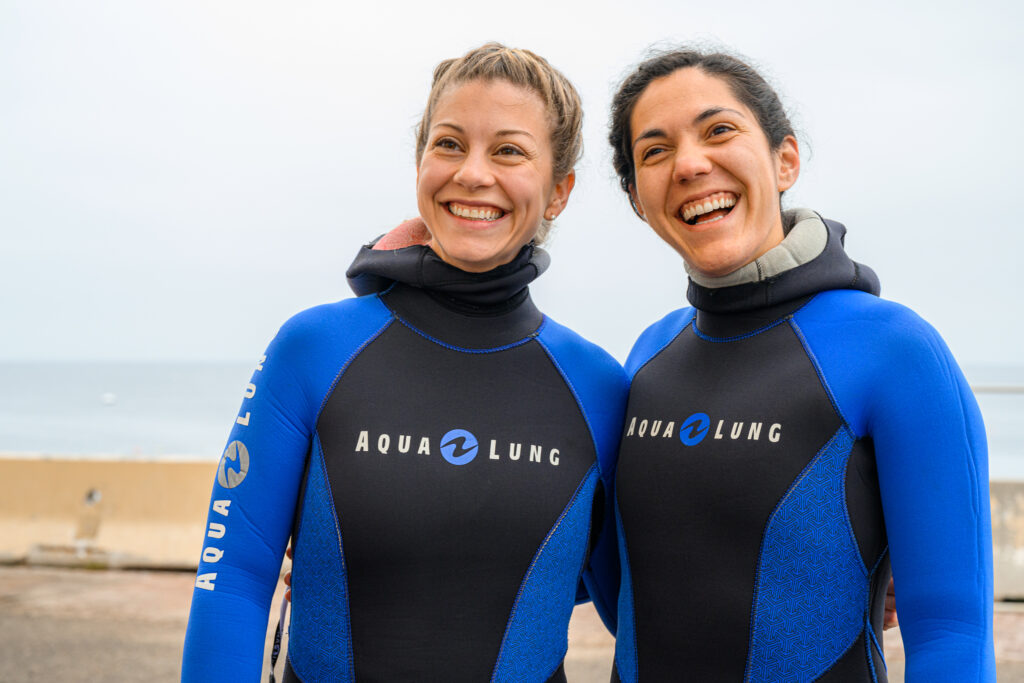
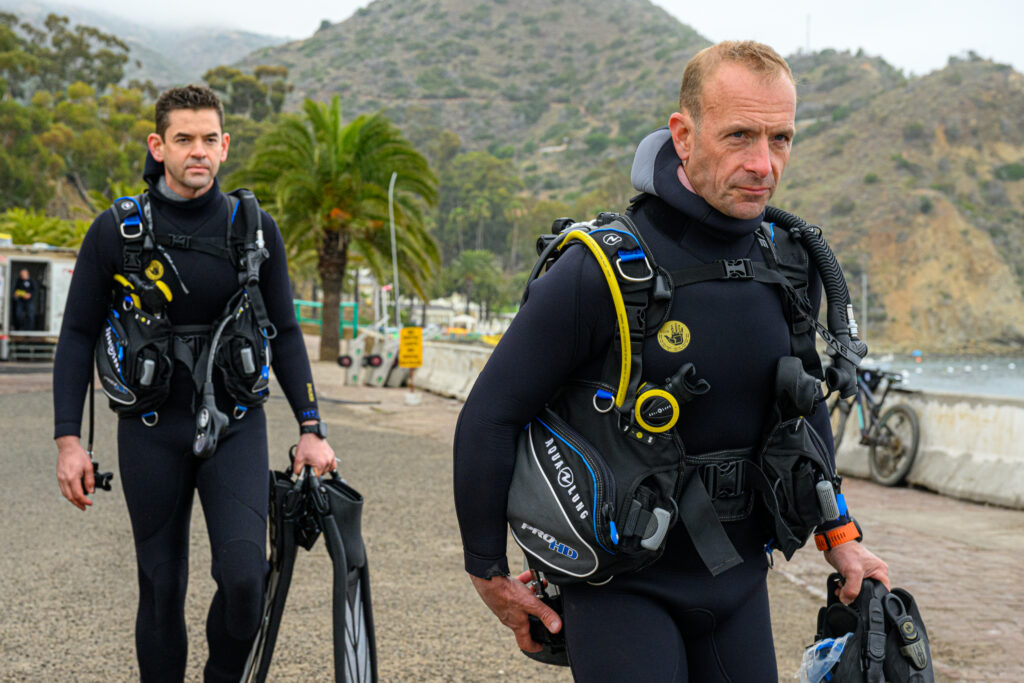
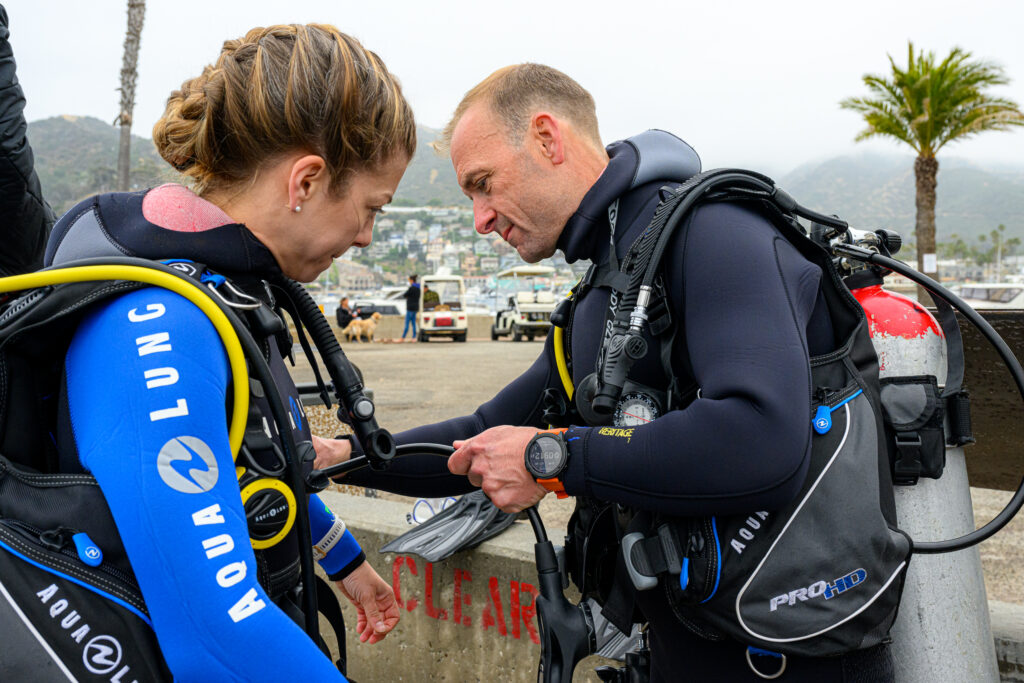
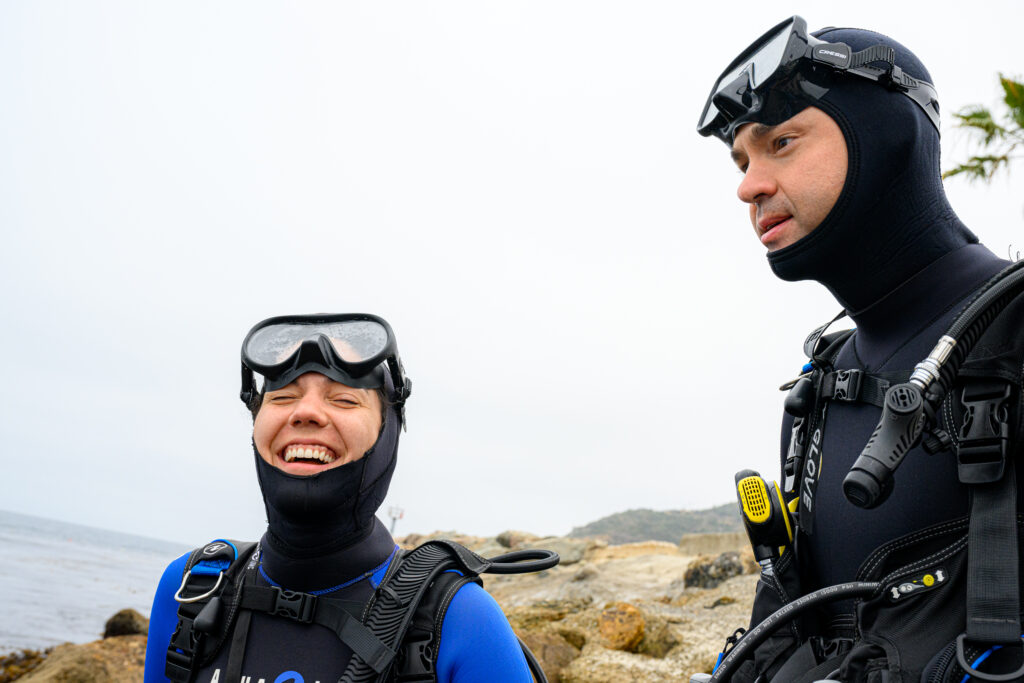
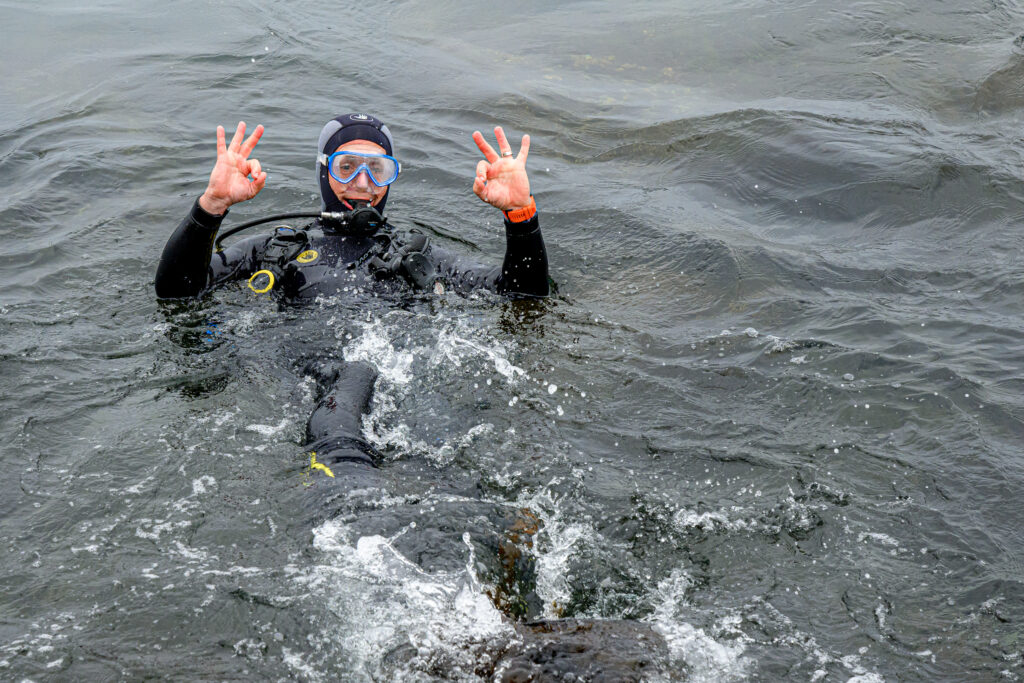
Scuba is only one element of the SpaceX training program planned for the Polaris Dawn crew. To continue to build team dynamics and trust, the crew completed multiple high-altitude climbs in Ecuador, including Cotopaxi, an active volcano in the Andes Mountains. At 5,897 meters (19,347 ft), Cotopaxi is the second-highest peak in Ecuador. This expedition required the crew to not only acclimate to different altitudes throughout the climbs but rely upon basic technical mountaineering and glacier-crossing skills. Stay tuned to this site for more details to come on the team’s exciting trip to Ecuador.
In the months ahead, the crew will complete extensive Dragon simulations, participate in centrifuge and hypoxia exercises, and receive hands-on medical training.